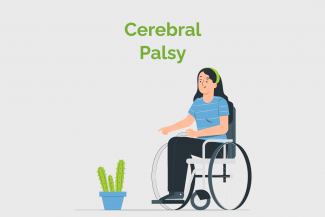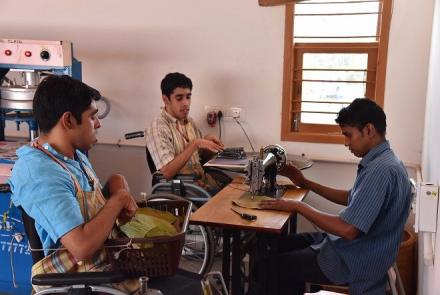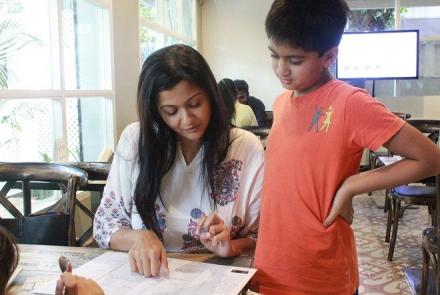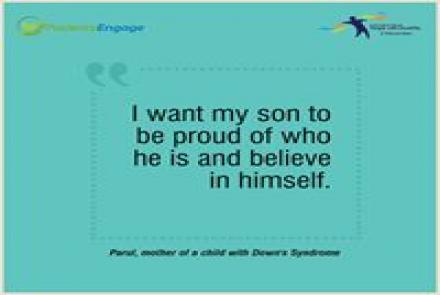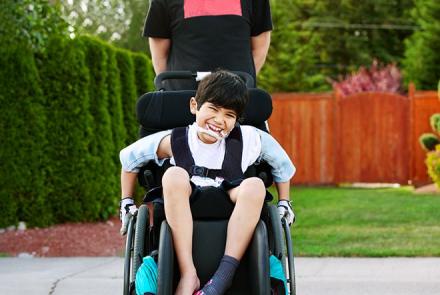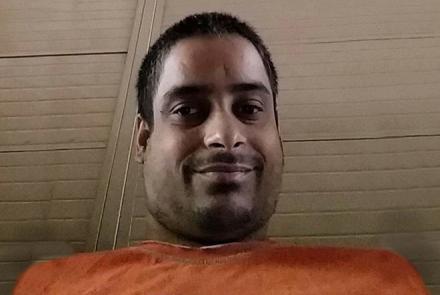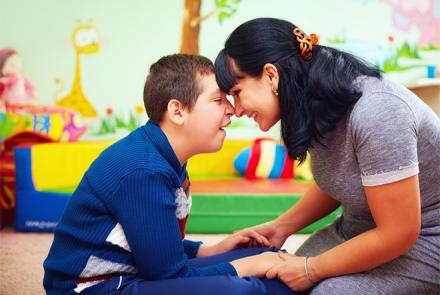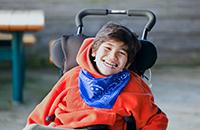
What are the signs and symptoms of cerebral palsy?
Impairment of muscle tone: The ability of muscles to work together is lost, leading to increased or decreased muscle tone.Limbs become floppy with decreased muscle tone or become rigid with increased tone.
Impairment of movement coordination and control: Impairment of muscles lead to gait disturbances and the child may drag a leg or bend over and walk.
Gait disturbances include:
- Limping – more weight is placed on one foot than the other, causing a dipping, or wavy stride(due to weakness in hip abductor muscle)
- Propulsive gait – a child walks hunched over in a stiff posture with the head and shoulders bent forward (degeneration of ganglia mainly responsible for smooth muscle involvement)
- Scissor gait – the hips flex slightly making it look like the child is crouching while knees and thighs slide past one another like scissors
- Spastic gait – one leg drags due to muscle spasticity due to stiff but weak leg muscles
- Steppage gait – toes drag because the foot drags due to weakness of quadriceps muscle
- Waddling gait – duck-like walking pattern that can appear later in life weakness in hip girdle muscle - gluteus medius
Disappearance of certain reflexes: Reflexes are involuntary movements that the body makes in response to stimuli. In children with cerebral palsy, primitive reflexes, such as suckling and plantar grasp, are lost in the first months of life. They may reappear later (after 6 months). (Ed’s note: Plantar grasp: When you stroke the sole of the baby’s foot, the toes curl around your finger)
Asymmetrical posture: Asymmetrical posture means right and left limbs do not mirror each other.
Impairment of gross motor function: Gross motor functions, crawling, walking, are affected
Impairment of fine motor skills: Fine motor skills, like grasping small objects with hands, turning pages of a book, are affected
Impairment of oral motor functions: Oral motor functions, like speaking, swallowing are affected.
Early signs
The earliest sign is delayed development (not reaching milestones). The baby may be unable to hold up the head or prefer to use one side of their body. Your paediatrician will evaluate posture, muscle tone, primitive reflexes.

